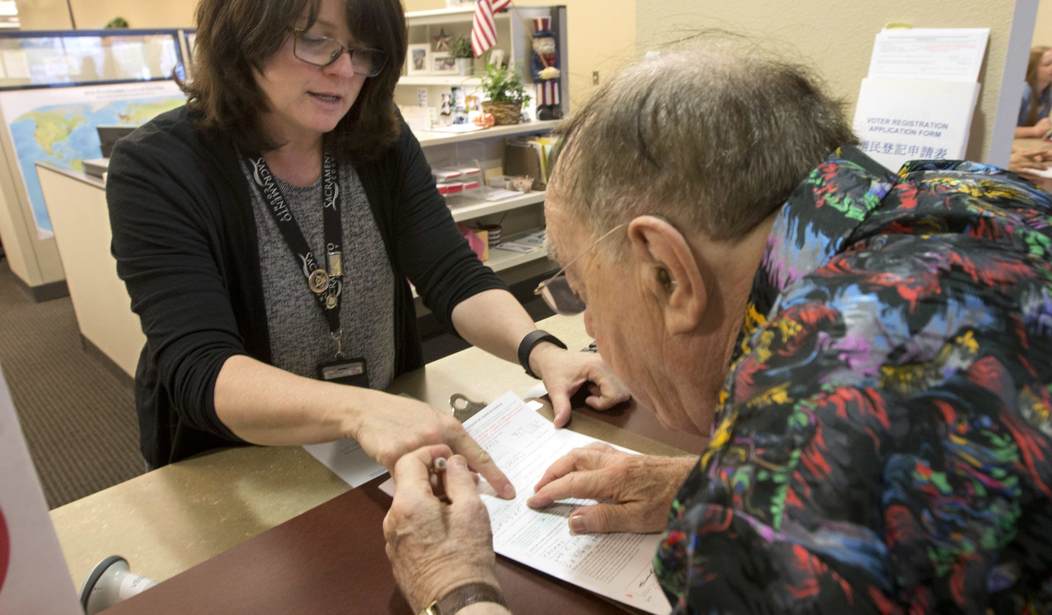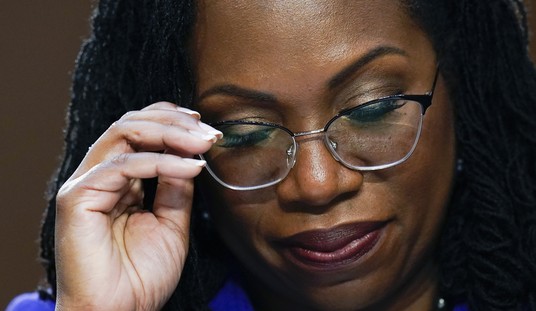Tens of thousands of California voters may have lost their right to vote in 2016 without knowing it.
The American Civil Liberties Union filed suit against California in August because 45,000 2016 election ballots were rejected as voter signatures didn’t match the signatures on voter identification cards.
“People should not be denied their right to vote because a government official doesn’t like their penmanship,” ACLU attorney Michael Risher said in a statement accompanying the suit, which was filed in the state Court of Appeal in San Francisco.
The ACLU’s California legal action is not the first time the organization has filed such a suit, nor is California the only state where mismatched signatures have resulted in the rejection of mail-in ballots.
Julie Ebenstein, staff attorney at the ACLU’s Voting Rights Project, said county elections officials in California had the right to decide whether a voter’s signature on the mail-in ballot envelope matched the voter’s signature on file.
“Officials make this determination without expertise in handwriting analysis,” Ebenstein said.
“What’s worse, the county elections officials are not required to notify voters before their ballots are rejected,” she said in a statement. “Many voters don’t find out that their vote was not counted until after the election is over and the final vote tally announced, if at all.”
Try to write your signature the same way, twice. It’s nearly impossible. In fact, Ebenstein said it’s the rare voter who can do it.
“Signatures can change over time or with a change in the writer’s physical condition. Signatures may vary depending on whether the writer is standing or sitting and what instrument or surface they use to sign,” she said. “Many voters may simply not know that they are supposed to sign their ballot in the same way that they signed their registration.”
Ebenstein said it’s a problem that could only get worse because of California’s Voter’s Choice Act. More than half of all California voters are now casting mail-in ballots. But all voters in participating California counties will receive mail-in ballots next year, thanks to the Voter’s Choice Act.
But even though tens of thousands, perhaps hundreds of thousands, more California voters will be casting their ballots by mail and signing the envelope, the state has no uniform standard for comparing signatures.
When it comes to handwriting analysis, there’s no guarantee that a California elections official knows what he’s doing when he compares the signature on the mail-in ballot envelope to the signature on file with county election departments.
Immigrants and people for whom English is not their first language are more likely to produce signatures that don’t match.
“A voter whose native script is written right to left or in non-Latin characters may show more variation when signing their name in English,” Ebenstein said. “Minority groups are affected the most. Asian-Americans voters, Latino voters, and voters born outside of the United States are disproportionately disenfranchised by a perceived signature non-match.”
Sam Mahood, spokesman for California Secretary of State Alex Padilla, didn’t comment on the ACLU’s allegations regarding the signature-matching process. But he told the San Francisco Chronicle, “(California) is leading the nation in adopting measures to empower voters.”
Empowering voters is a good thing, said Ebenstein, but “each incorrectly rejected ballot denies a voter their fundamental right to have their vote counted.”
The ACLU filed suit against New Hampshire in May, alleging the same problem: mail-in ballots were rejected because elections officials didn’t think the signatures on the ballot envelopes matched what they had on file.
In the New Hampshire case, the ACLU’s lead plaintiff is Mary Saucedo. The 94-year-old voted the first time in 1944. She never had a problem until 2016 when elections officials put her mail-in ballot in the shredder because of a mismatched signature.
Mary’s 2016 signature probably was dramatically different from the way she wrote her name in 1944 if only because 72 years ago, she could see. Today, Mary is blind.
The ACLU alleged Mary was just one of more than 500 people whose mail-in ballots were rejected because of signature problems in 2014 and 2016.
“The decision to throw out a ballot and deprive a citizen of their vote is essentially arbitrary. There are no transparent procedures for evaluating voter signatures,” Ebenstein told the New Hampshire Union Leader. “New Hampshire cannot create barriers that prevent individuals with disabilities from voting and having their votes counted. Period.”
Even without an ACLU lawsuit, Oregon voters were warned in 2014 to pay attention to the signatures on their mail-in ballots.
The Blue Mountain Eagle reported elections officials in 30 Oregon counties rejected close to 5,000 ballots in the 2010 election because of mismatched signatures.
The problem might even be worse than those numbers from the Oregon secretary of state would seem to indicate. Six other counties didn’t respond to the SOS request for information on discard ballots.
Along with the problem of people who don’t sign their names the same way twice, Oregon officials also identified another problem with mail-in ballots: sometimes people who live in the same house are accidentally signing each other’s ballots.
But, as compared to California and New Hampshire, Oregon is ahead of the curve on the problem of mismatched signatures. Thanks to a 2014 law, voters have up until 14 days after an election to fix signatures on discarded ballots.
“I think any time a ballot is not counted, that there is something that needs to be worked on,” said Tony Green, a spokesman for the Oregon SOS. “Even though these are very small percentages, these are still voters who wanted to cast a ballot and we should look for ways to make sure as many votes as possible are counted.”









Join the conversation as a VIP Member